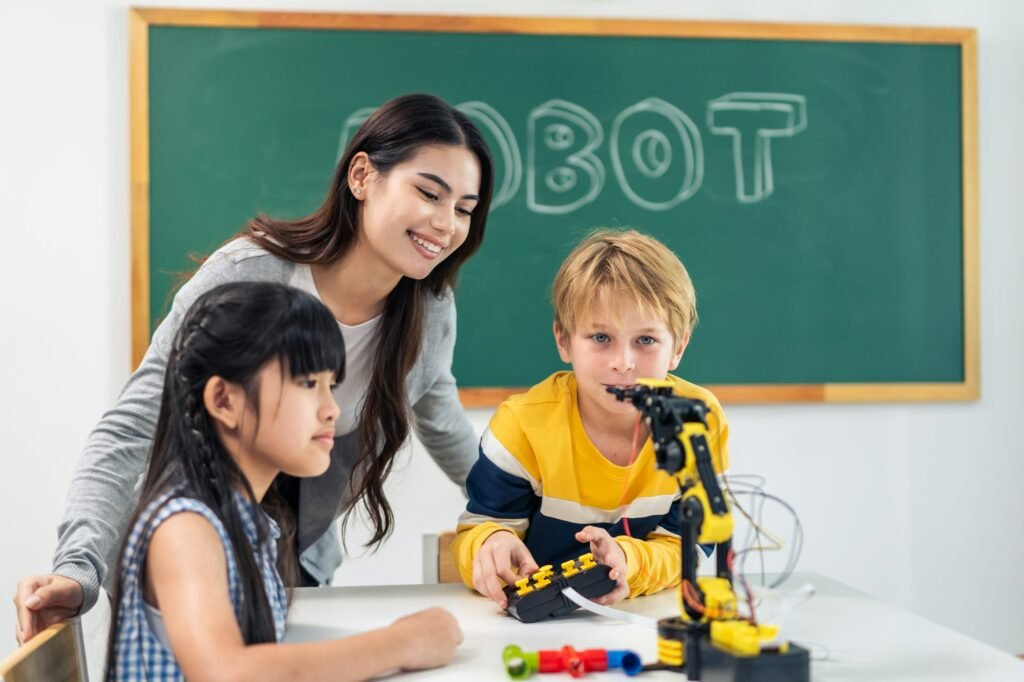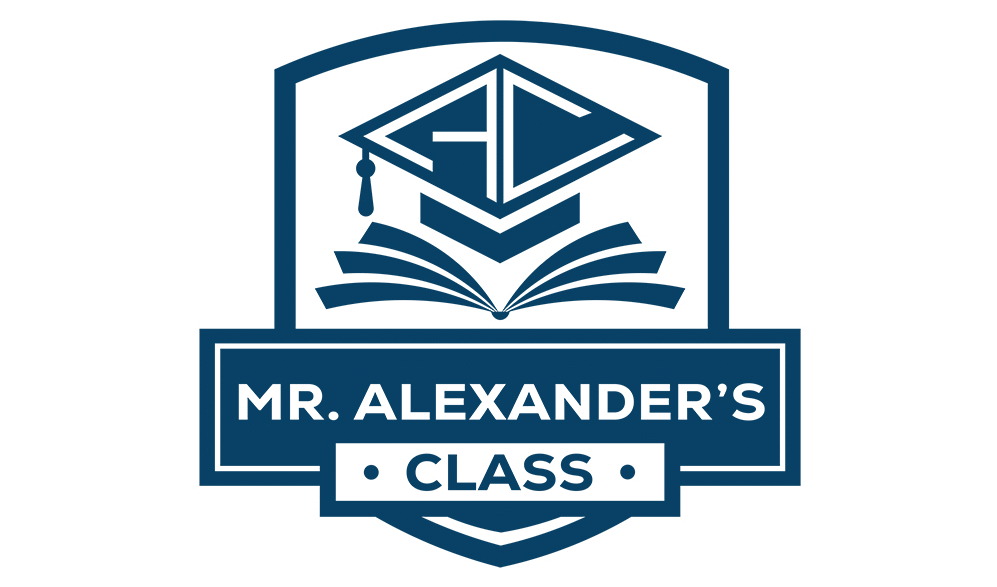Incorporating technology into middle school classrooms can enhance lessons, making them more interesting and impactful. I’ll help you discover ways to integrate technology into your teaching plans. We’ll delve into projects, online resources, digital literacy, and teaching techniques that will enrich your students’ educational journey.
Utilize Technology for Innovative Projects
By incorporating technology into assignments, students can showcase their comprehension in various ways while developing crucial digital competencies. Encourage students to create content such as ebooks, videos, podcasts, or websites to demonstrate their knowledge on subjects. This not only reinforces concepts but also enhances their technological prowess. For example, following a lesson on civilizations, students could create a documentary video depicting life in Ancient Egypt or develop an interactive website featuring timelines and maps.
Assign tasks where students design book covers, movie trailers, or social media profiles related to the books they are studying. This method makes literary analysis more captivating. Picture students crafting a movie trailer for a modern version of “Romeo and Juliet” or designing a social media page for a character from “The Outsiders.”
Encourage students to produce magazines, alphabet books, or trading card games to showcase their research and written work on a topic. During a science lesson about ecosystems, students could create a magazine with articles about biomes or design a trading card game where each card showcases a different species and its role in the ecosystem.


Utilize Online Tools and Apps
Using tools and applications can boost collaboration, coding abilities, and overall digital skills. Employ platforms like Google Docs, Slides, and Sheets to facilitate group work on writing tasks, presentations, and data analysis. Students can collaborate in real-time, exchanging ideas and giving feedback. For instance, for a history assignment, students could work together on a Google Slides presentation discussing the causes and impacts of the American Revolution.
Integrate coding exercises by having students construct websites using HTML or learn Python through tutorials. These competencies are increasingly valuable in today’s landscape. Picture students creating a webpage to showcase their research on energy sources or using Python to tackle math challenges.
Make use of Microsoft Office software such as Word, PowerPoint, and Excel for projects that enhance document creation, presentations, and spreadsheet skills. In a math class, students might utilize Excel to analyze and visualize survey data, while in an English class, they could craft a PowerPoint presentation summarizing the themes of a novel.
Encouraging digital literacy and good citizenship among students is vital for responsible online behavior. Integrate lessons from sources like Common Sense Education, covering topics such as internet safety, cyberbullying, media literacy, and digital footprints. For instance, a lesson on internet safety could prompt discussions on the significance of passwords and involve creating informative posters with tips for maintaining online safety.
Engage students in creating public service announcements or persuasive pieces focusing on technology-related issues like internet privacy or media impact. This not only hones their research and writing abilities but also raises awareness about pertinent digital matters. For example, students could develop a video PSA addressing the risks of cyberbullying or draft an essay advocating for internet privacy regulations.
Utilizing technology for both teaching and assessment can streamline processes and enhance learning experiences in the classroom. Integrate multimedia resources and online tools into instruction to exemplify technology use. Educational videos, interactive simulations, and online articles offer diverse learning materials that cater to student needs. For instance, in a biology class discussing cell structures, you might consider using a simulation to demonstrate how cells operate and allow students to delve into cell models for a closer look.
Integrate online evaluation tools or have students submit their work digitally to establish a paperless workflow. Utilizing platforms like Google Forms, Quizlet, and Gimki can make assessments efficient. For example, following a history unit, you could design a quiz using Google Forms that automatically grades responses and offers feedback to students.
Implement a flipped classroom approach by assigning videos for home viewing and utilizing class time for hands-on practice with technology. This strategy enables enriched learning experiences during classes. For instance, students could watch a video lecture about equations at home and then work on problem-solving in class with the help of graphing software.
Closing Thoughts
The key to incorporating technology into middle school lessons lies in selecting tools that align with your objectives. By integrating classroom technology into projects, digital literacy lessons, online resources, and tech-enhanced teaching methods and evaluations, educators can captivate students’ interest and enrich their learning journeys significantly. Explore our blog further for insights, tools, and motivation to elevate your middle school teaching practices. Check it out now to revolutionize your teaching approach!
Looking for more educational insights? Explore our other blog posts to discover strategies for creating inclusive and effective learning environments.
If you’re a teacher seeking guidance on implementing culturally responsive teaching or looking to enhance your skills, I’m here to support you. Reach out to learn about accessing my teacher training course. Let’s work together to create classrooms where every student can thrive.



